Studio: AMBS Architects
Designer / Architect: Marcos De Andres
Client: N/A
Personal / Commissioned: Personal Project
Location: N/A N/A
In 1931, Aldous Huxley made the first reference to the passenger drone. In
his novel, Brave new world, the everyday transportation is the private helicopter.
“The machine shot vertically into the air. Henry accelerated; the humming
of the propeller shrilled from hornet to wasp, from wasp to mosquito; the
the speedometer showed that they were rising at the best part of two kilometres
a minute.”
Although cities are very complex, they develop and evolve based on fairly simple physical constraints. The limitations of construction and engineering are the drivers of our cities. They grow in population, density and size thanks to these advances so more people can work and live in them.
“Verticalism” as we understand it today, is about tall buildings or skyscrapers.
We have come a long way since we started going vertical at the
end of the nineteenth century, the first skyscraper was the Home Insurance Building in Chicago and was ten stories high. However, a super-advanced tower of today and the Home Insurance Building are in essence the same thing. They are one-way “vertical cul-de-sacs”.The way in is the same as the way out.
Passenger Drones and high-level access in and out of a building will fundamentally change the way we understand a city and its buildings
We can finally move to the next step or “Verticalism 2.0”.
Buy fresh vegetables and local wine right from the land they were produced
from. Then attend a night at the Opera and a meal at the trendiest restaurant
in town. All happening the same day in the same area, just not the
same level.
Cities grow in density expanding on to endless suburban areas, connecting roads and infrastructures. Their epicentres move farther from nature. The infamous” urban sprawl”.
The full use of airspace thanks to these “personal helicopters” will create radical new city models. We could grow denser and taller without having to expand and sprawl at ground level. Having many access and egress points at different levels will have most of the flow happening at a high level. Needless to say, buildings will have all the classical means to go up and down but people will not go down to the ground floor if there is no need.
If the main transport domain is airspace then a future utopia could become a reality. City life and unspoiled nature can be side by side. This will also mean that we don’t need to recreate the life and the things that naturally belong to the ground in absurd artificial environments at high level. It will be abnormal and simply will not work. As it may be expected on vertical cities , there will be multiple recreation and landscape areas high above but their objective will be orderly urbanism and not a spurious replacement.
All in all, the objective of going vertical should be to strengthen our relationship with the ground (bring us closer to nature) and not the opposite within existing fully saturated cities. Vertical cities should be new chapters that will alleviate the pressure on existing ones. The absolutely necessary surrounding areas at ground level of a vertical city will play an equally important role as the ones high above.
A mostly pedestrianized walking distance village-like environment in full symbiosis with the vertical. Plenty of room for outdoor recreation, sports and no boundaries with true nature.





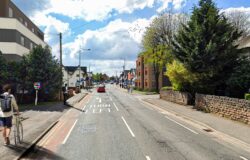






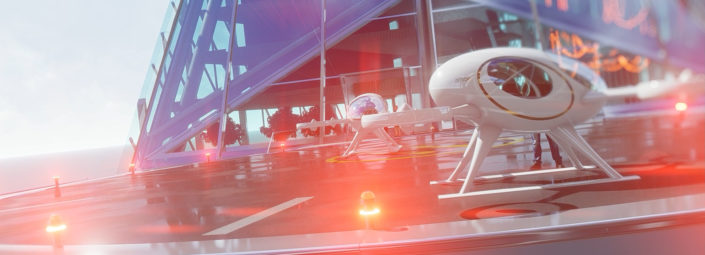
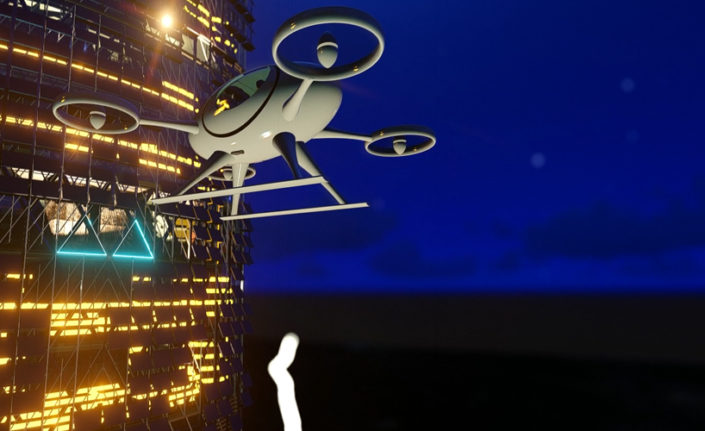
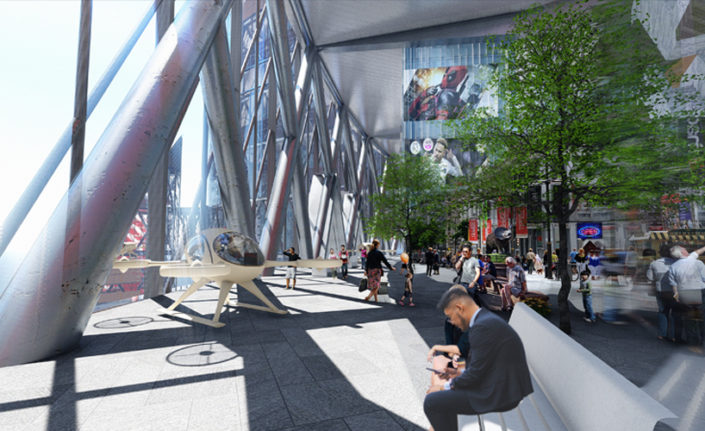
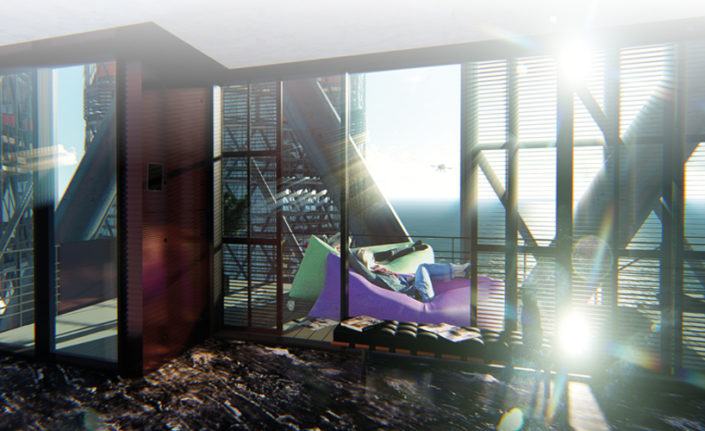
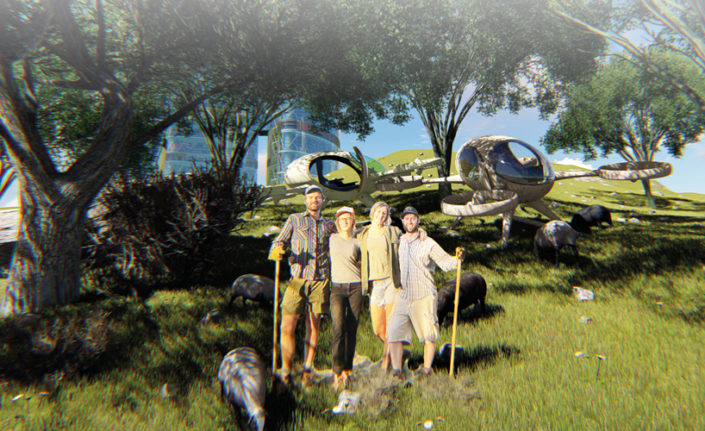
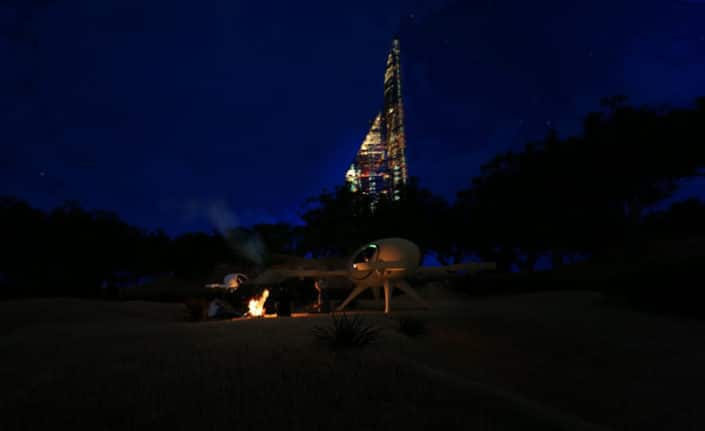
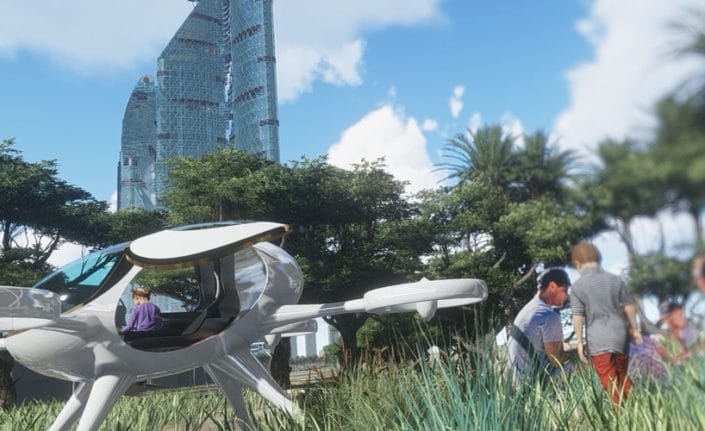
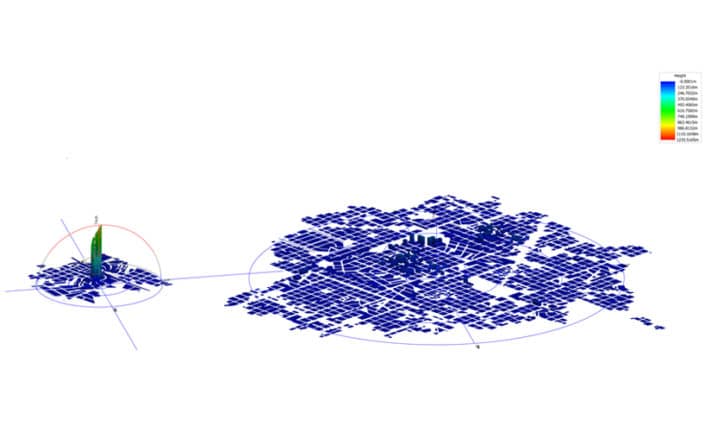
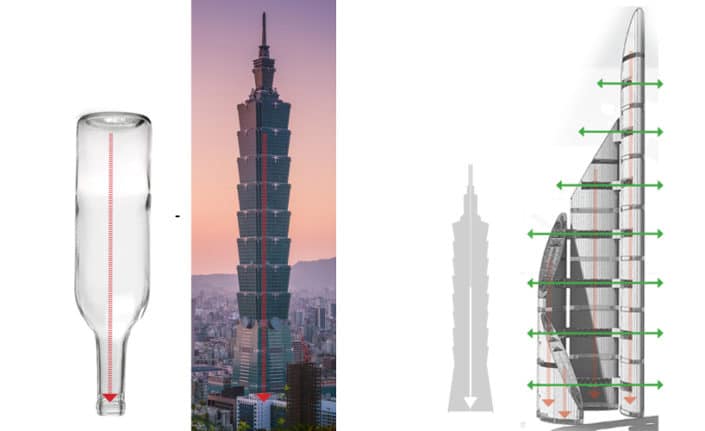


Start the discussion at talk.ronenbekerman.com